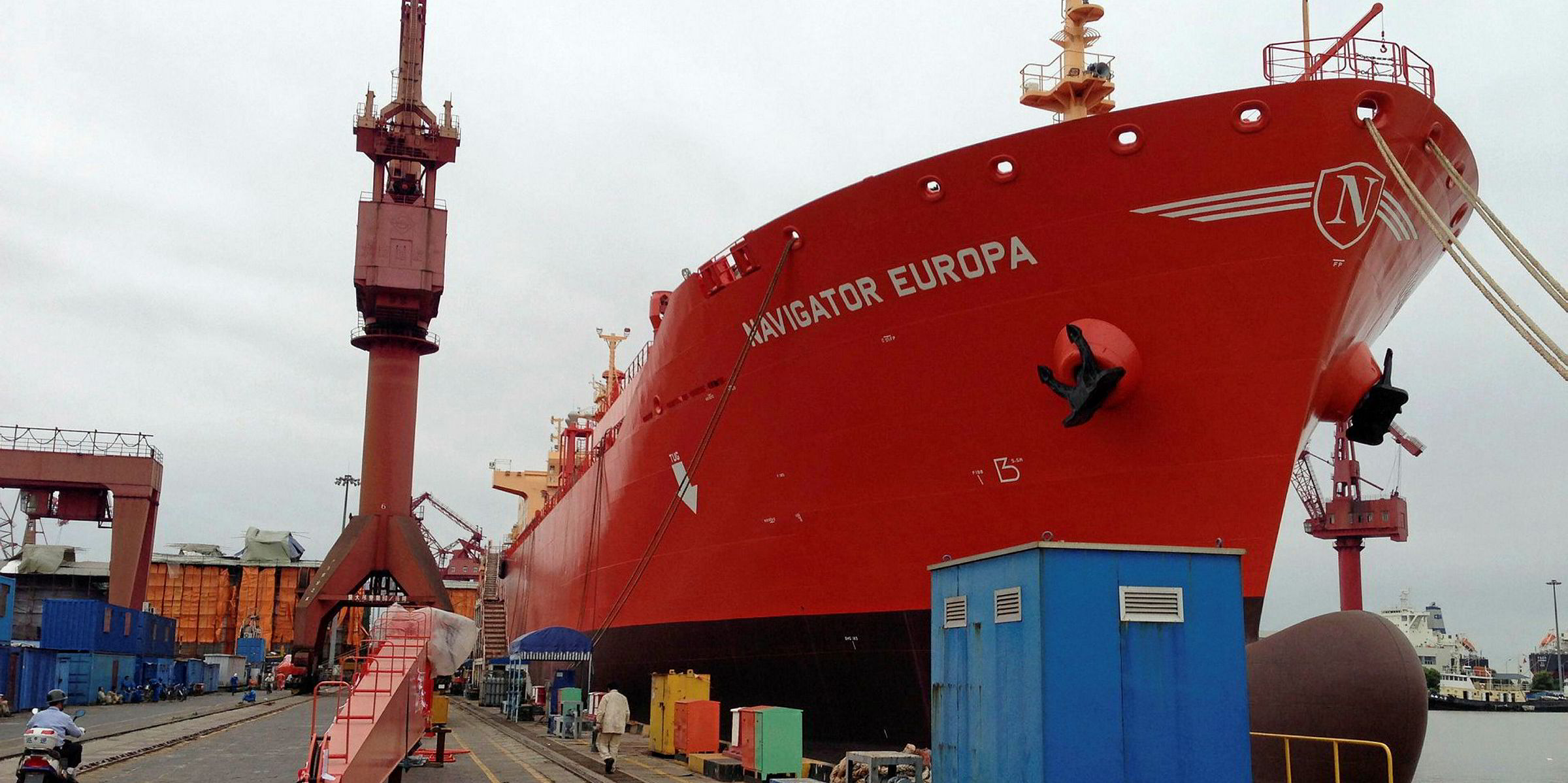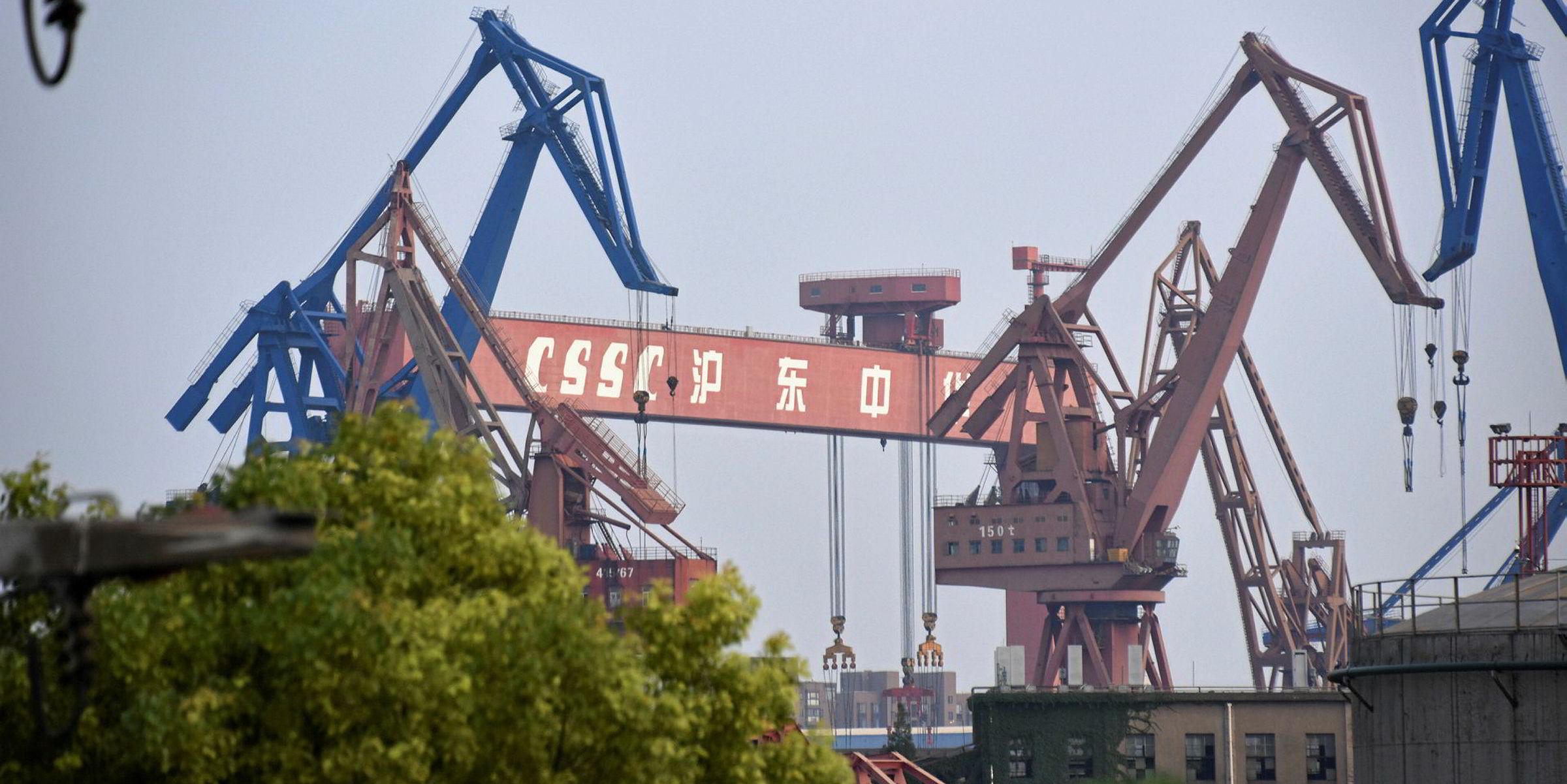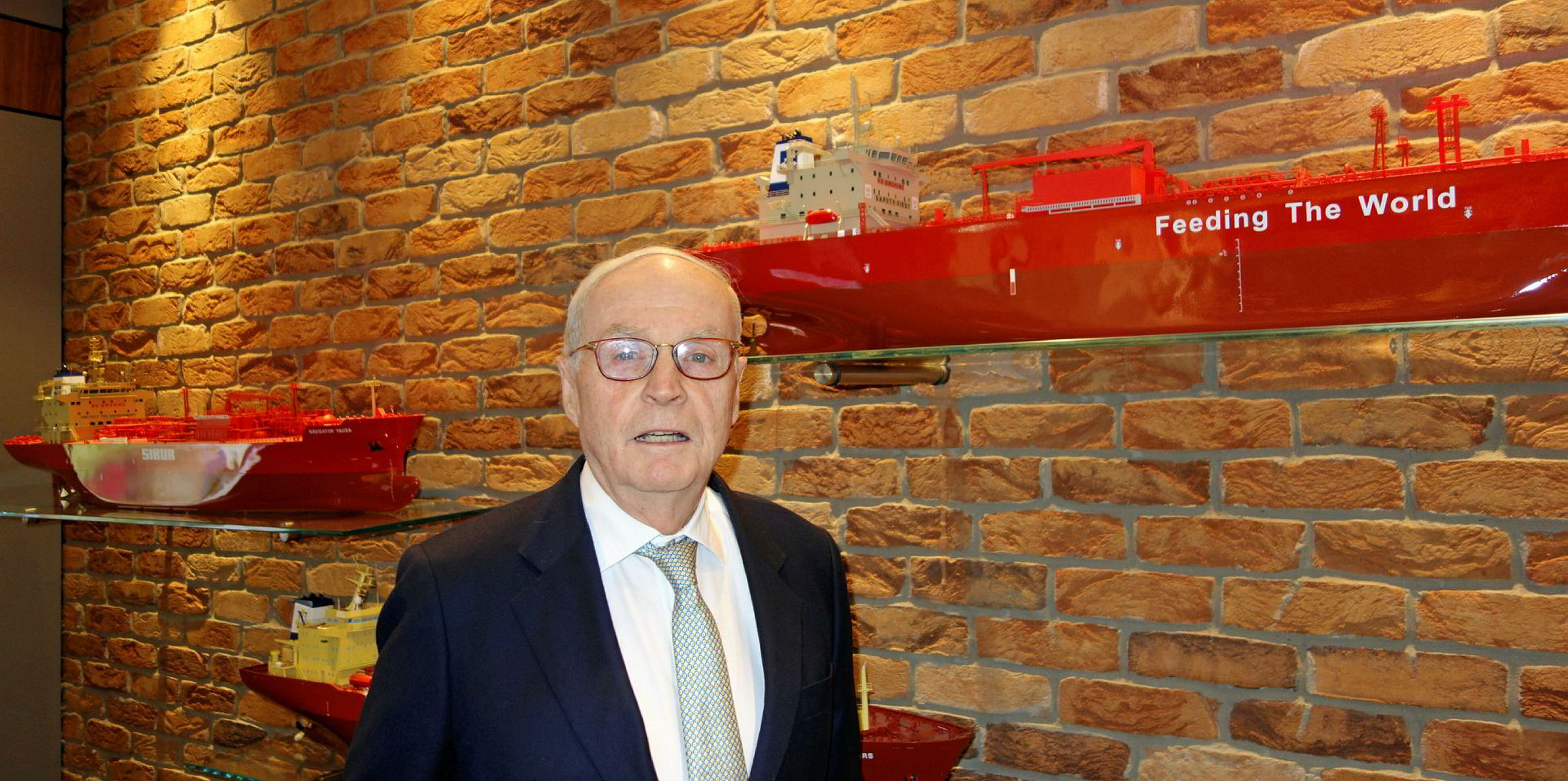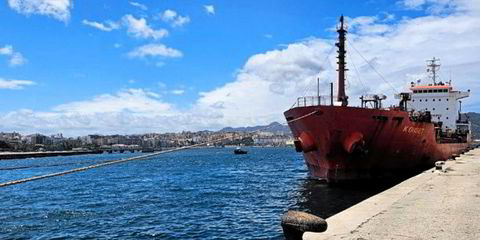One of Navigator Holdings’ handysize ethylene-capable gas carriers will lift the first cargo from the company’s joint venture terminal in the US Gulf.
The 21,000-cbm Navigator Europa (built 2014) is scheduled to arrive at the ethylene terminal in Morgan’s Point, Texas on 21 December before shipping out its first cargo by the end of this year, according to chief commercial officer Oeyvind Lindeman.
“Navigator Europa will berth alongside at Morgan’s Point shortly and take part of the commissioning process for the ethylene terminal," Lindeman told TradeWinds.
"Once completed, she will take the first inaugural ethylene export cargo to international markets, and thus enable US ethylene producers to connect with the world.”
The cargo, thought to be bought by a major Japanese trading house, could end up in either Asia or Europe.
Navigator’s 50:50 JV with Enterprise Products Partners is expected to operate at 60%-70% of its nameplate capacity of 1m tonnes per annum initially. It would be able to run at full capacity once some 60,000-cubic-metre storage facilities are commissioned in the fourth quarter of 2020.
Executives from the New York-listed owner have suggested the terminal will create more employment opportunities for Navigator’s versatile fleet, which has 10 handysize LPG carriers and four mid-sized vessels capable of carrying ethylene.
“We expect the majority of our ethylene handyside ships to be trading and be involved in some shape or form with the Enterprise-Navigator Morgan’s Point ethylene export terminal joint venture," Lindeman said.
"The ships will form a virtual pipeline between the producers and end users, and offer a unique platform for our customers to tap into.”
While theoretically capable of receiving VLGCs, the terminal is expected to be utilised by handysize vessels for ethylene trading requirements.
“Longer distances require larger ships. And handysize is still considered quite large in the ethylene market and will be the workhorse for the export terminal due to economies of scale," Lindeman said.
"Receiving terminals and end users are adapting their infrastructure to be able to freely accommodate these vessels in order to gain value from the cost-competitive ethylene produced in the US."
Booming US exports
With large US ethane cracking capacity coming onstream to take advantage of cheap feedstocks, market players have expected the country to export more ethylene when downstream petrochemical demand is lacklustre.
Before the commission of the Navigator-Enterprise facility, Targa Energy operates the only US ethylene export terminal with limited capacity in Galena Park.
Most US ethylene exports are expected to end up in Asia, though European petrochemical plants may also pull in some volumes, according to Lindeman.
"Now ethylene exports can be thought of another way to profitably export cheap ethane at the expense of international ethylene produced from naphtha feedstocks," Platts Analytics’ senior lead for global petrochemicals Rob Stier said on the company website.







